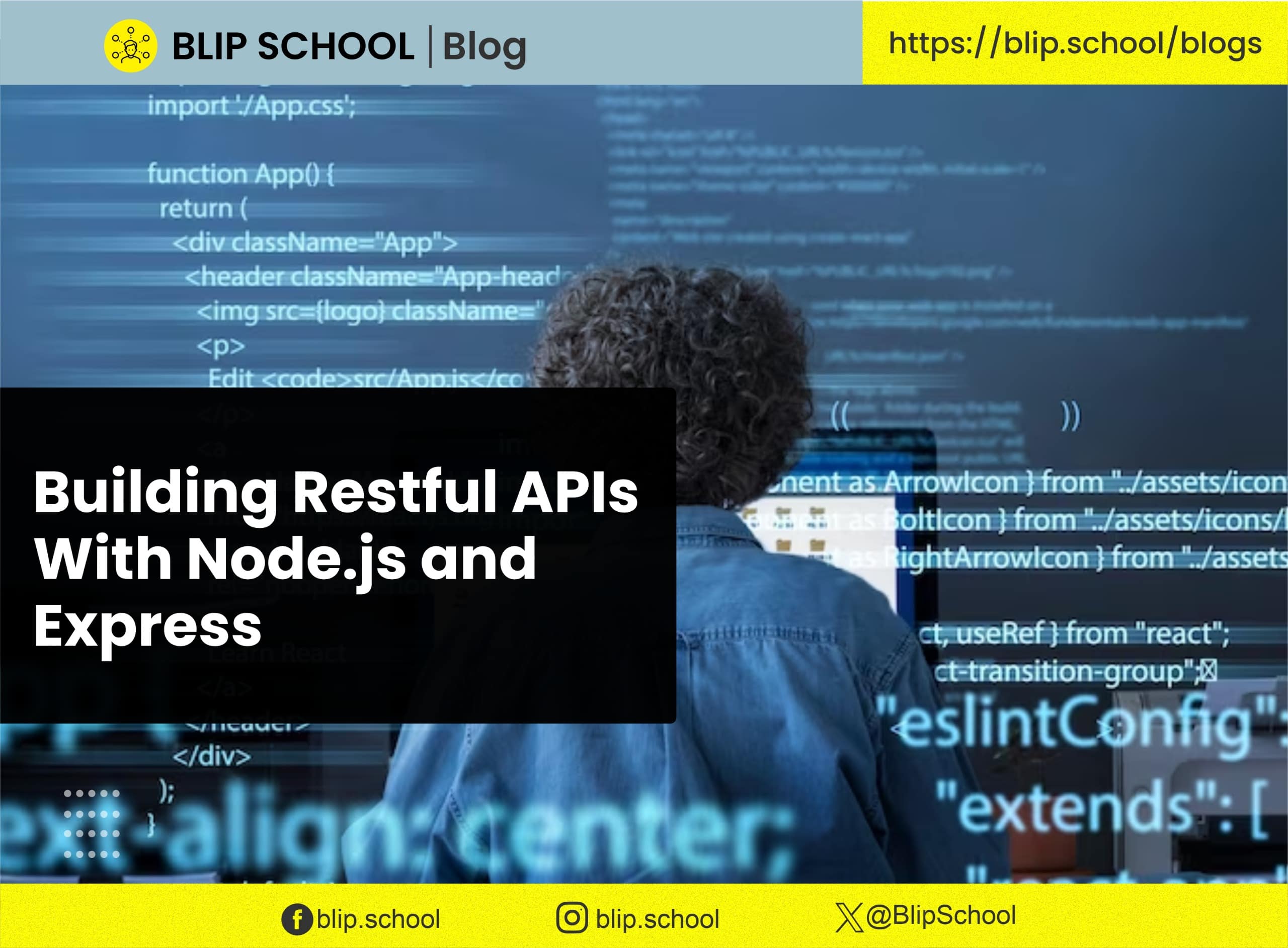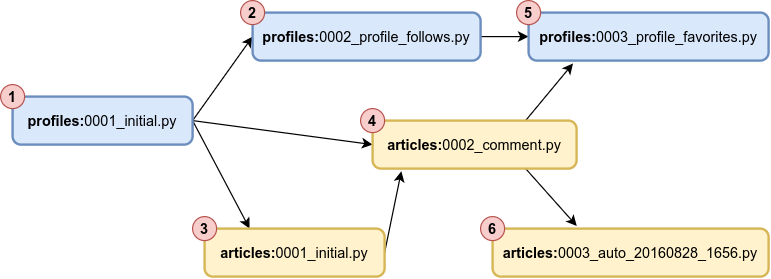PyTorch internals : ezyang’s blog
This post is a long form essay version of a talk about PyTorch internals, that I gave at the PyTorch NYC meetup on May 14, 2019.
This talk is for those of you who have used PyTorch, and thought to yourself, "It would be great if I could contribute to PyTorch," but were scared by PyTorch's behemoth of a C++ codebase. I'm not going to lie: the PyTorch codebase can be a bit overwhelming at times. The purpose of this talk is to put a map in your hands: to tell you about the basic conceptual structure of a "tensor library that supports automatic differentiation", and give you some tools and tricks for finding your way around the codebase. I'm going to assume that you've written some PyTorch before, but haven't necessarily delved deeper into how a machine learning library is written.
The talk is in two parts: in the first part, I'm going to first introduce you to the conceptual universe of a tensor library. I'll start by talking about the tensor data type you know and love, and give a more detailed discussion about what exactly this data type provides, which will lead us to a better understanding of how it is actually implemented under the hood. If you're an advanced user of PyTorch, you'll be familiar with most of this material. We'll also talk about the trinity of "extension points", layout, device and dtype, which guide how we think about extensions to the tensor class. In the live talk at PyTorch NYC, I skipped the slides about autograd, but I'll talk a little bit about them in these notes as well.


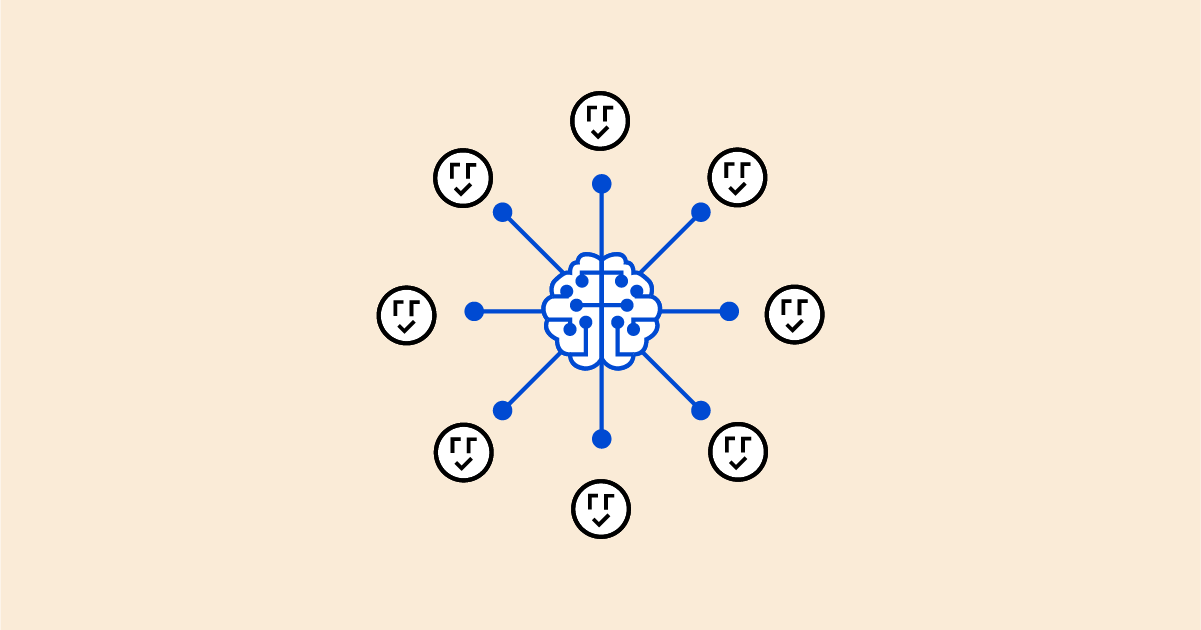





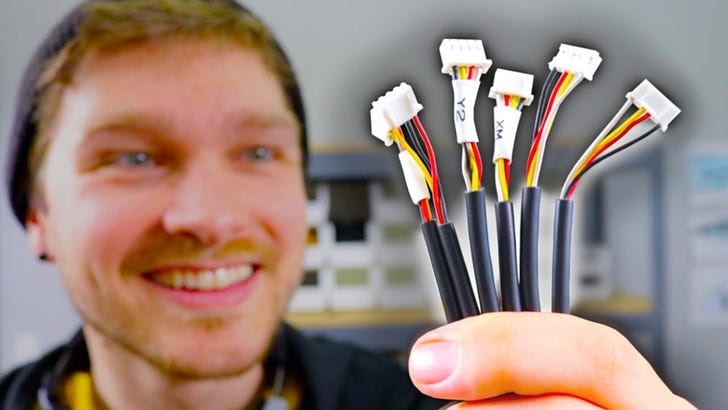





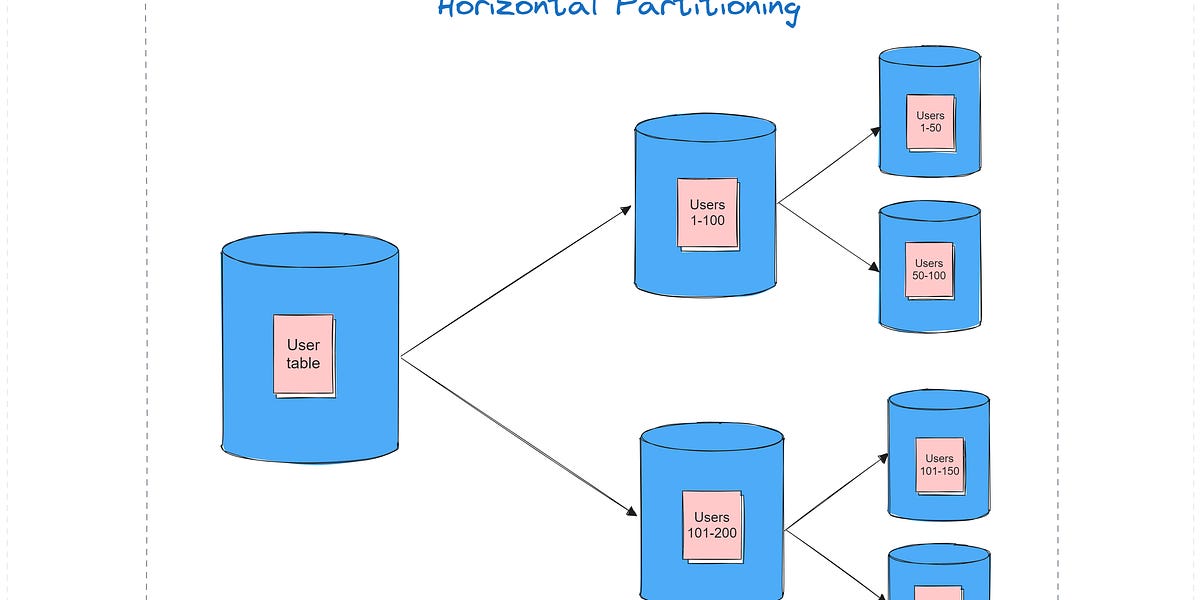

/cdn.vox-cdn.com/uploads/chorus_asset/file/25417952/transformers_megatron.jpg)



